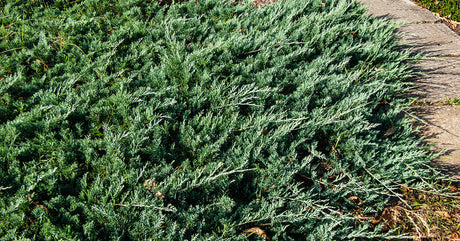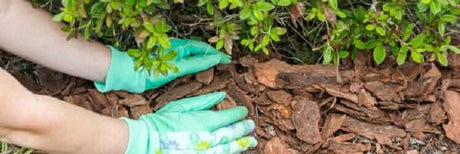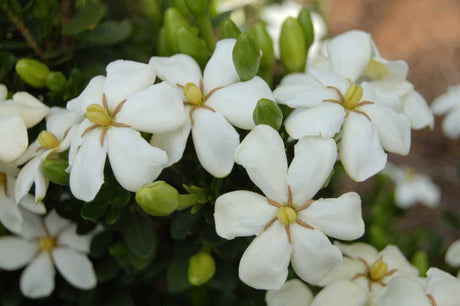

Caring for Your New Dormant Plants Ordered by Mail
|
|
Time to read 3 min
|
|
Time to read 3 min
If you've recently added dormant plants like roses or blueberries to your online shopping cart, you'll need to know how to care for them. This guide will walk you through everything you need to care for your newly purchased dormant plants.
Dormant plants are a common occurrence in the life cycle of many plant species. They might seem inactive or dead during this period, but don't be fooled - they're conserving energy for future growth. Understanding this dormancy phase is critical to successfully caring for and maintaining your newly purchased plants.
Plants go dormant as a survival mechanism in response to environmental changes. Temperature, light, and moisture levels can trigger plants to enter dormancy. For instance, in colder regions, plants typically go dormant during the winter to protect themselves from freezing temperatures. Meanwhile, in warmer areas, plants may enter dormancy during extreme heat or drought to conserve water and energy.
Identifying dormant plants can be a bit tricky. They might not show the same signs of life as when they're actively growing. Look for signs such as leaf drop, wilting, or a general lack of new growth. Some deciduous plants will shed their leaves completely, while others may retain a few leaves that look dull or discolored. Evergreen plants may change subtly, with reduced new growth and a slightly more faded color.
When your newly purchased dormant plants from PlantsByMail.com arrive, giving them the proper care is crucial to ensure their healthy growth and development. Here are some steps to follow.
Before you do anything else, carefully examine your plants for any signs of damage. Usually, our deciduous shrubs will arrive with bare branches. If there are still leaves on the plant, they will likely look wilted or possibly brown. Don't be worried about dead-looking foliage. Check the branches for breakage; ensure the plant has avoided significant breakage to its branches during transit.
Dormant plants have unique watering needs. They don't need as much water as actively growing plants, but keeping their roots hydrated is still essential. Check the soil moisture by inserting your finger about an inch. If it feels dry, give the plant a slow and thorough watering. Avoid overwatering, as it can lead to root rot.
Protecting your dormant plants from frost and freezing temperatures is essential if you live in a cold climate. Cover them with a layer of mulch or use protective covers specifically designed for plants. Frost protection helps insulate the roots and protect them from tip burn on the branches.
In climates where you are not expecting long periods of below-freezing temperatures and snow, you can plant in the late winter or early spring with little to no risk of shock. Plant them like any other plant; be careful to mulch around the base but not up to the stem.
In climates with extended freeze periods, it may be best to wait until early spring to purchase, or you can always overwinter your plants in garages or other enclosed spaces that won't leave your plants exposed to cold winds and snow.
Following these care instructions gives your newly purchased dormant plants the best chance to thrive. Remember, PlantsByMail.com is always here to support you with any questions or concerns you may have along the way.
Encouraging growth in the spring is the next critical step in caring for dormant plants. The plants will slowly leave their dormant state as the weather starts to warm up. Be mindful of temperature fluctuations and protect them from late frost or extreme heat.
Feeding your dormant plants is vital for their overall health and growth. Start fertilizing when the plants show signs of new growth, usually in early spring after the threat of the last frost has passed. Use a balanced fertilizer, and follow the instructions on the packaging. Be cautious not to over-fertilize, as this can harm the plants.
Water to the needs suggested on your plant's tag or our website. Early on, regularly check the soil's moisture level, ensuring it remains slightly damp but not soggy. Monitor for any signs of disease or pests and address them promptly to prevent further damage.
With these few tips, you can successfully plant dormant plants in your landscape and have new foliage and buds bursting this spring.






PBM Team |